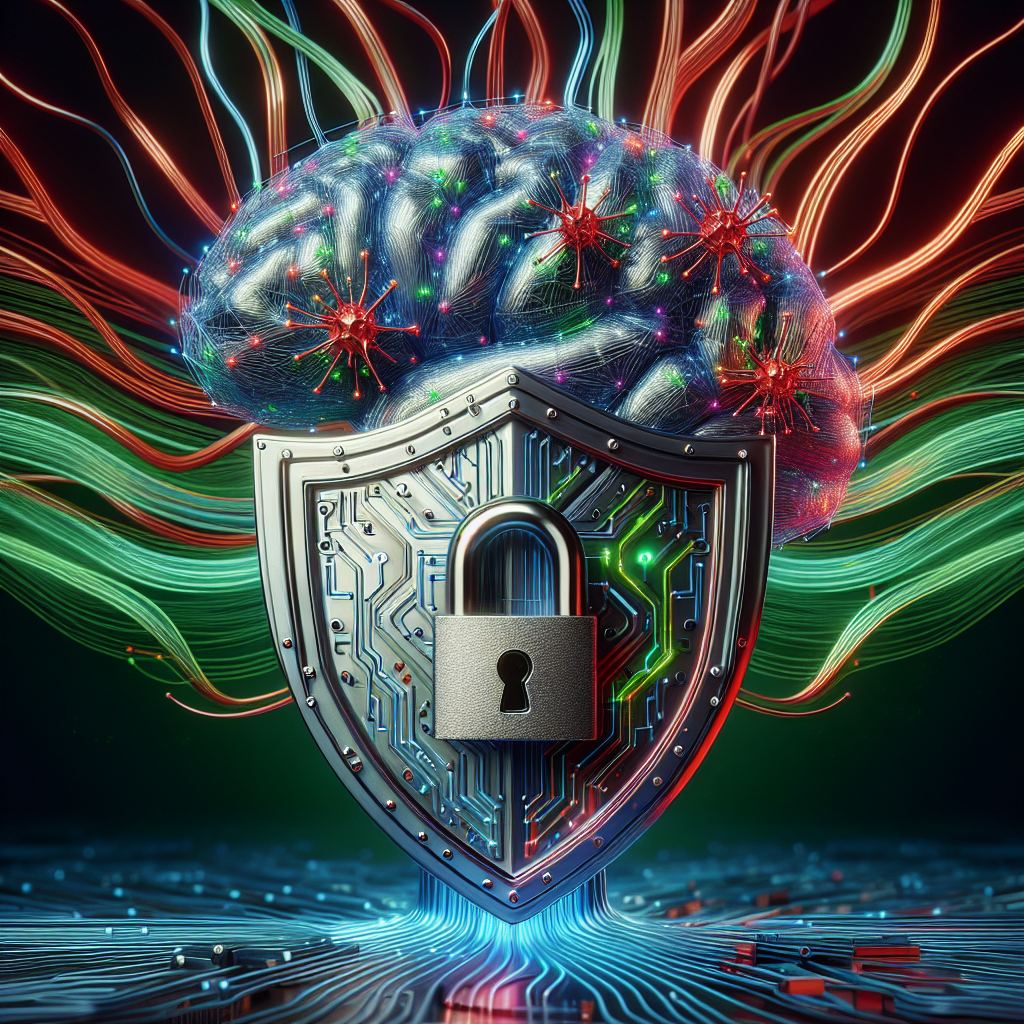
The evolution of technology is often painted with broad, sweeping strokes; charted by landmark inventions and punctuated by breakthroughs. But sometimes, the real game-changers quietly hum in the undercurrents, their impact subtly transforming the world. Artificial Intelligence (AI) and cybersecurity are two such spheres, each with significant implications for our future, yet seldom explored in tandem.
Delving into the unseen connection, we embark on a journey highlighting the innovative case of a unique AI system that has been implemented in the realm of cybersecurity. By taking a deep dive into this real-world expedition, we’re able to unravel the mesh that weaves the two domains together.
The challenge looming over the horizon lies in the friction between increasingly complex technological risks and the limited human capacity to manage them. Cyberthreats are becoming more sophisticated, and traditional cybersecurity measures are failing to keep pace. This is where our AI protagonist enters, programmed to optimize threat detection and response.
The initial strategy revolved around training the AI to recognize patterns and anomalies consistent with cyberattacks. As a revolutionary roll-out, the AI was then integrated into the existing cybersecurity measures.
Yet, the path was fraught with pioneering obstacles. Training the AI system required vast datasets and significant computational power. Furthermore, the nuanced nature of cyber threats demanded a level of understanding and flexibility that AI systems traditionally struggle with.
However, perseverance paid off, resulting in a breakthrough performance. The AI system managed to enhance threat detection capabilities while also improving the speed and accuracy of responses. This success was largely due to the AI’s capacity to learn and adapt over time, perfecting its algorithms with each processed piece of data.
In drawing lessons from this case study, one might be tempted to draw parallels with genomics. Just as geneticists decode DNA to understand life’s complexities, our AI system deciphers patterns in vast datasets, unlocking vital insights into cybersecurity.
The best strategy moving forward lies in continuously training and integrating AI systems into cybersecurity measures. This would involve constantly updating the AI, allowing it to learn from new data and adapt to evolving threats. In this way, the AI system becomes an invaluable tool, constantly growing, learning, and improving.
Replicating this success is no easy feat and involves a deep understanding of both AI and cybersecurity. This hybrid expertise is crucial for developing AI systems designed to tackle specific cybersecurity threats while also being adaptable enough to handle new, unanticipated challenges.
In conclusion, AI’s incorporation into cybersecurity is not only a viable strategy but a necessary one. As the study demonstrates, AI systems have the potential to revolutionize cybersecurity, turning the tide in the face of growing cyber threats. The future of cybersecurity, it seems, is intrinsically woven with the future of AI.
